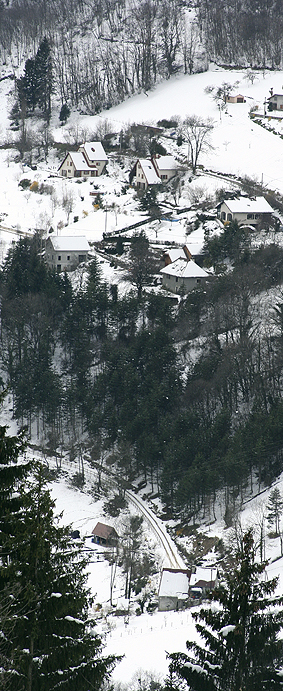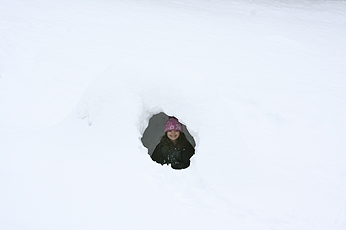These people said:
“Evolution “cannot be subjected to a test” because it is something that supposedly occurred in the past and is not occurring today. And before you jump all over that, natural selection (changes within a species that are occurring at present) is not evolution, and there is no recorded instance of a new form or function being observed to have developed through natural means.”
I thought I would jump all over them. Even though I wasn’t smart enough to figure out how to leave a comment at their blog, I can understand this one. People who expect to see radical visible changes in organisms in a handful of human generations, e.g. since we discovered evolution, are missing something. A grip on timescales possibly?
Approximately 500,000 generations (about 250,000 each, from our common ancestor) are estimated to separate us from chimpanzees, our closest relatives, a process that took about 6 million years. Whether this has produced significant differences in form or function is bound to be a subjective judgement. So check out the chimpanzee genome sequencing project, for something a bit more precise. Wikipedia gives quite a nice summary, and there’s about a million other things on the net. It’s a fun thing to research and it underlines the fact that a grasp of genetics is absolutely essential to anybody hoping to understand evolution.
Personally, I’m impressed by just how many genes have changed in so short a time, how few of the changes are visible, and how few changes you need to create visible differences (like chihuahuas from wolves).
For evolution happening today, see here. It mostly concerns nasty little things like resistance in organisms we can’t see and would rather be without. So as well as getting a grip on large time scales, you need to get familiar with small spatial ones, and with processes as well as morphology.
For the rest of this little discussion, see here and here. I have to go and teach my kiddie something before lunchtime now.
 We went out to look for animal tracks in the snow, but we got a negative result. All the animals are sensibly hiding in the woods. So, we made a few tracks of our own, sledge tracks, snow angels, paths trudged everywhere and ergonomically designed snow chairs at the sunset spot where we stopped to admire the view. Anyone can tell that humans were here.
We went out to look for animal tracks in the snow, but we got a negative result. All the animals are sensibly hiding in the woods. So, we made a few tracks of our own, sledge tracks, snow angels, paths trudged everywhere and ergonomically designed snow chairs at the sunset spot where we stopped to admire the view. Anyone can tell that humans were here.







